And a comprehensive guide on everything you need to know about solar PV
Points of interest:
- How do solar panels work?
- Why are solar panels blue?
- How do you calculate how many solar panels you need?
- How much do solar panels cost?
- Is there enough sun in the UK for solar panels?
- How are solar panels installed?
- How to keep birds off solar panels
Solar photovoltaic panels are becoming increasingly popular, cheaper, and they drastically reduce your carbon footprint.
According to the International Energy Agency (IEA), global demand for electricity will increase by 40% between now and 2040. At the moment, there are around one billion people on earth without access to electricity. This means that we will need to produce even more power from renewable sources in order to combat climate change.
Solar panels convert sunlight into electricity using photovoltaic cells. They can be found on rooftops around the globe, powering homes and businesses. Solar power is completely renewable and sustainable energy. The electricity produced from solar panels is free. This guide will discuss current issues about solar energy, and teach you more about how solar PV works starting from the very beginning…
Who discovered solar energy?
Becquerel was born in Paris and spent his life studying light, photography, and radiation. He discovered the photovoltaic effect while experimenting in his father’s lab. In his experiment, he used silver chloride or bromide to coat platinum electrodes, and illuminated them in light, which generated voltage. At first, the photovoltaic effect was called the Becquerel effect. A few years later, the word photovoltaic was coined. (Photovoltaic gets its name from the Italian physicist, pioneer of electricity, and the inventor of the battery Alessandro Volta.)
Then in 1883, Charles Fritts, an inventor from New York, created the first solar cell by coating selenium (a nonmetal semiconductor) with a layer of gold. Fritts found the selenium module to produce a current that was “continuous, constant, and of considerable force”. Fritts had created a low impact solar cell.
How do solar panels work?
Solar panels are comprised of lots of smaller components called solar cells or photovoltaic cells. Photovoltaics, or PV, refers to the conversion of light into electricity using materials which display the photovoltaic effect. As described above, the photovoltaic effect is the generation of electric current in a material when it is exposed to light. The most frequently used technology by far in the photovoltaic industry is solar cells made up of a layer of crystalline silicon sandwiched between two layers of highly conductive metals, such as silver or aluminium, for the collection of the electric current. When photons (light cells from the sun) hit the silicon cells they create electricity. The more solar cells you have, the more energy you can produce.
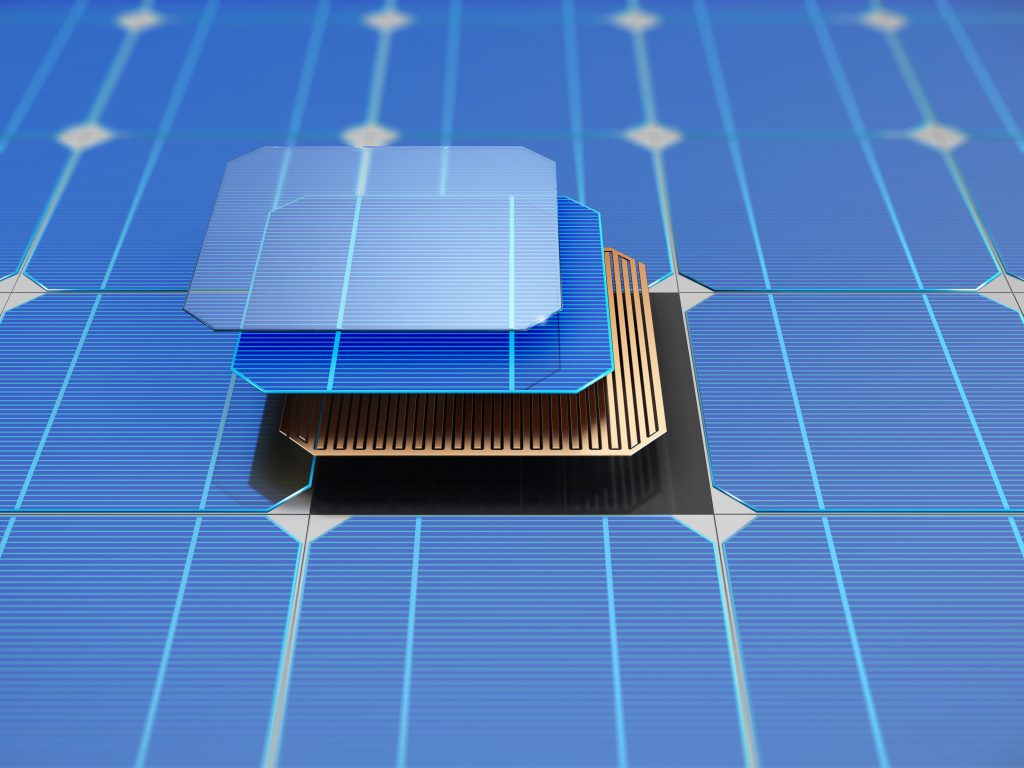
The appearance of solar panels
The small solar cells which make up the panels are usually around a few square centimetres in size. The cells are protected from the weather and dirt by a thin coating layer of glass or plastic. Solar cells are put onto solar modules which are combined to create solar panels. The panels are sized around 2 square metres. An array of the modules is used to supply power to buildings.
Why are solar panels blue?
Solar panels are either blue, grey, or black because of the way they are constructed. The colouring of solar cells is produced by their anti-reflection coating and because they are made to absorb light. The blue colouring of a poly panel is a side effect of both the way the silicon crystals reflect light, as well as from the anti-reflective coating that the panels are treated with. Black solar panels can absorb more light than blue solar panels, and this is why you need less of them. White would be the least effective colour as this would reflect light.
Mono solar panels are black or dark grey and poly solar panels are blue.
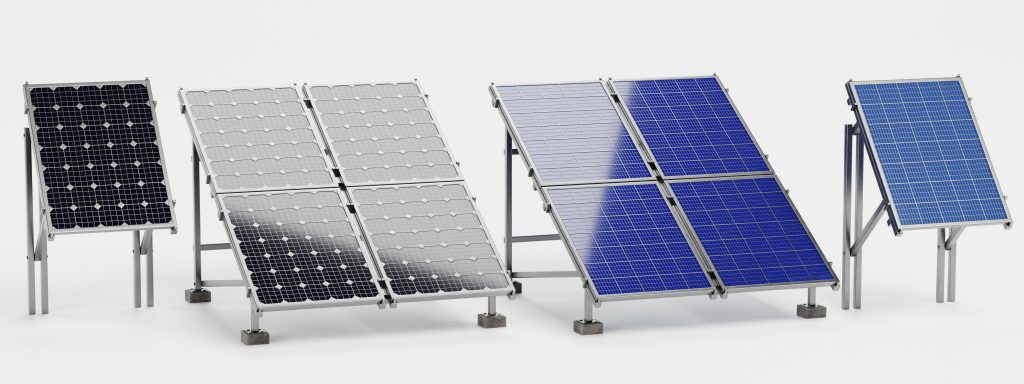
What is the difference between mono and poly solar panels?
You will generally require less mono panels than poly panels to work for the same property. Mono panels are made from slicing one silicon cell and poly panels are made by melting multiple silicon cells. Poly panels are less expensive and have a shorter life span. Poly panels are the most widely used type due to their cost.
How do you calculate how many solar panels you need?
How much do solar panels cost?
A solar panel system for a three bed house would cost you around £5420 on average in the UK. This would be ten panels. Some sources estimate the cost higher. On Which?, the cost for the same property type is recorded as £6,500. There are multiple government grants available which help people on benefits and on low incomes access solar panel installs for free. Our company has years of experience helping to deliver the funding for these government home upgrade schemes. Please scroll down for more information. Solar panels are not cheap, but they have dropped in price dramatically and consistently since 2011. If you can’t qualify for government funding, the only downside of solar panels is the high initial investment cost. But, you will break even and you will be reducing pollution and fossil fuel usage. The cost of the panels alone is around £1100, and the extra electrical equipment and workmanship will make up the rest of the costs.
There are two main types of solar panel systems: grid-tied and off-grid. Almost all solar PV installs are grid-tied. A grid-tied system connects to the national electricity network, while an off-grid system does not connect to the mains. Off-grid systems are generally cheaper to buy but they do not provide any backup if your solar panels have not generated enough electricity to power the house. If a grid-tied system has not retained enough sunlight, or when it is night-time, your system will automatically switch to using the electricity grid. You will not notice this change happening. Grid-tied systems also allow you to use electricity stored from your solar panels when there is a power cut. The majority of people who have solar panels opt for a grid-tied system because they know they will benefit from the extra security.
If you are looking at installing a solar panel system, then you need to consider how much money you want to spend and what size of system you require. If you have the savings to purchase them, now might be a very beneficial time to do so.
You also need to compare the total cost of purchasing the panels themselves with the amount of money saved over the lifetime of the panels. It can take anywhere from 10- 20 years to break even on a solar installation. According to The Eco Experts, you can break even in 10 and a half years if your house receives the average amount of sunlight in the UK, on the average electricity rate, using the best SEG rate. Scroll down for more information on what the SEG is.
As the current cost of electricity is rising, solar panels are a good investment. Even without the financial benefits, increased installations of solar panels mitigate climate change.
What is a solar battery?
A solar battery can seriously boost the efficiency of your solar setup. Solar batteries store the excess energy generated by your panels which you have not used during the day. If you are out of the house all day, this is really beneficial and probably crucial to you even having the panels installed. The stored energy can be used to power your house at another time or on another day.
Cost of solar panels vs. cost of electricity
Energy generated from your solar panels is free. But as with most solar systems you will have to stay joined to the grid as a backup, you do have to use some amount of normal, grid electricity at its typical price. The biggest financial issue involved with solar PV is the upfront cost of the system.
The cost of electricity also varies depending on the region that you live in.At the moment, when energy bills have rocketed, using solar to power your house gives you a bigger saving than ever. You will knock hundreds off your energy bills over a year at the moment with solar panels.
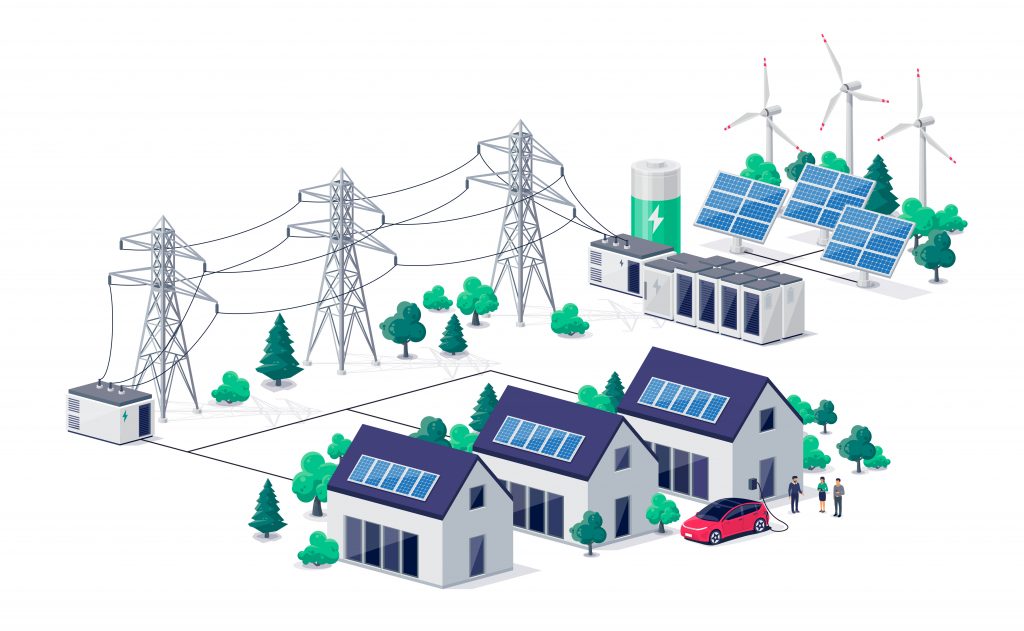
What is the Smart Export Guarantee (SEG)?
If you have installed solar PV panels, you can earn money through the Smart Export Guarantee (SEG). You can sell back to the grid any energy that you do not use. In order to qualify, you must have fitted a meter which can provide readings very frequently – typically a smart meter. The SEG has been running since January 2020. It is not currently available to residents of Northern Ireland. Various energy providers offer SEG tariffs. Some energy providers offer tariffs with different features, such as Octopus Energy who have two versions of their Outgoing Octopus tariff: Fixed and Agile. Outgoing Fixed guarantees 15p per kWh. Outgoing Agile’s prices vary more. Their customers have the opportunity to use their electricity when it is cheaper, and make the most of the energy their solar panels generate. British Gas offers their customers 3.2 pence for every kWh of electricity they export to the grid on their Export and Earn Flex tariff. Legally, the amount you receive for selling your energy back will never be zero.
Your SEG supplier does not have to be the same energy provider you are currently using.
Export payments amount to around £10 a month.
How long do solar panels last?
The latest solar panels on the market have an expected lifespan of 40- 50 years. Other sources cite this as around 30 years, but your maintenance of the panels will keep them going for longer. Scroll down for information on how to maintain your solar panels, protect them from damage, and keep them clean.
Is there enough sun in the UK for solar panels?
Yes.
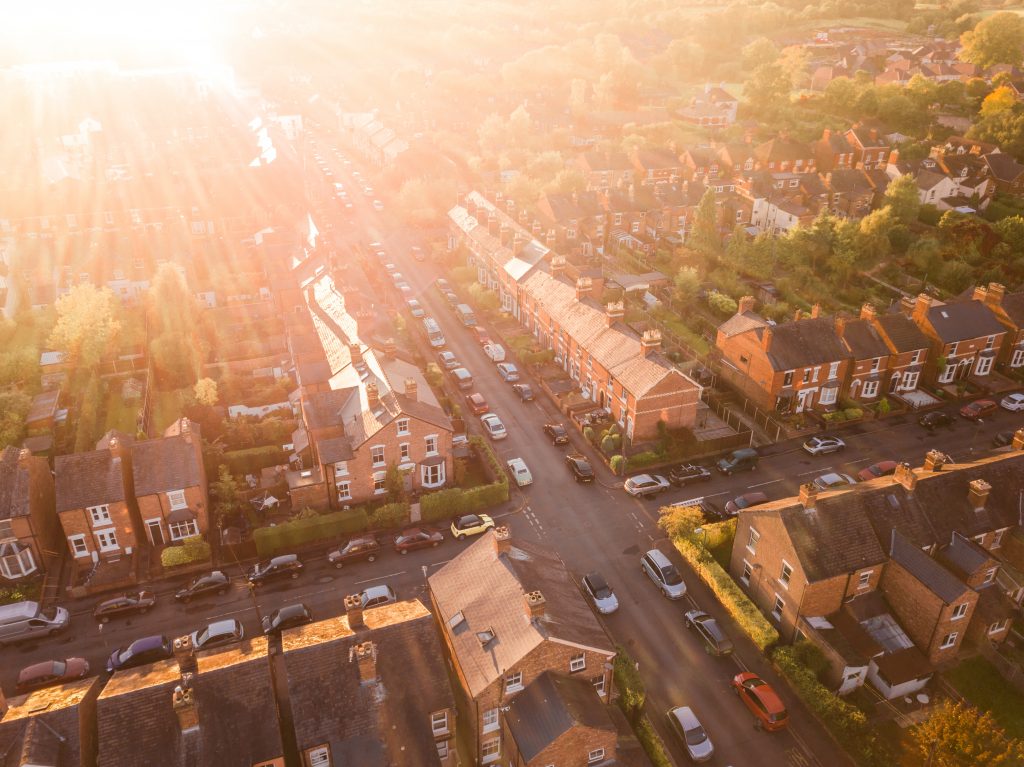
Should I get solar panels?
Unless you can negotiate with your landlord, you must own your own property to have solar panels fitted on your roof. Solar panels are also better suited to houses. If you do not have access to enough of your own personal roof space in a block of flats or an apartment, then solar panels are not the solution for your home. Having a south facing roof is ideal, but installers will fit onto east or west facing roofs as well. Your roof cannot be in the shade and almost all of the time, it cannot be north facing.
The number of solar panels your home will need depends on several factors.
The areas to consider are:
- How much energy your property uses and when. This is most dependent on the number of people in the house and at what time of the day people are home. If no one is home during all sunlight hours of the day, you would not benefit much from your solar panels, unless you have a battery.
- How many hours of sunlight a day there are where you live. This differs from region to region, but in the UK on average there are around 4.1 daily sun hours. If your roof is in the shade or at an angle this can affect the suitability of solar panels for your home.
- The size of your roof. The bigger the better.
- Which way your roof is facing. If your roof is south, east, or west facing, you can almost certainly have solar panels installed. If it is north facing, it is still possible but your property probably will run off more energy from your current supplier rather than the panels. It is important to note that although most properties with a north facing roof have an opposing roof face, the layout of the building might make it tricky to harness the sun’s power.
Other factors which will affect whether your house is suited to solar panels are:
- The condition of your roof. You can have inspections undertaken to ensure your roof can support the weight of the panels. Sometimes you would have to get roof tiles replaced before the installation.
- Your internet speed. Battery chargers and monitoring products such as smart meters need a strong internet connection in order to function.
Do solar panels make hot water?
Solar panels do not make hot water directly, but you can divert them in order to do this. Scroll down to the next question to learn more about this. Solar water heating or solar thermal is a different product to solar PV and uses sunlight to heat the water in your property. Your home can feature both solar thermal and solar PV for electricity and water heating.
A solar water heating system involves solar collectors, which are roof mounted tubes or panels, a pump, and a hot water cylinder. You will need about 1 square metre of the collectors per person to give enough hot water. The cylinder will be around double the size of typical household hot water cylinders. Like PV panels, solar collectors gather energy from the sun’s light. The collectors convert the infra-red portion of light into heat. The collectors contain a mixture composed of water and an oily fluid called glycol. Glycol is antifreeze. The water and glycol are pumped round a circuit which passes through the hot water cylinder.
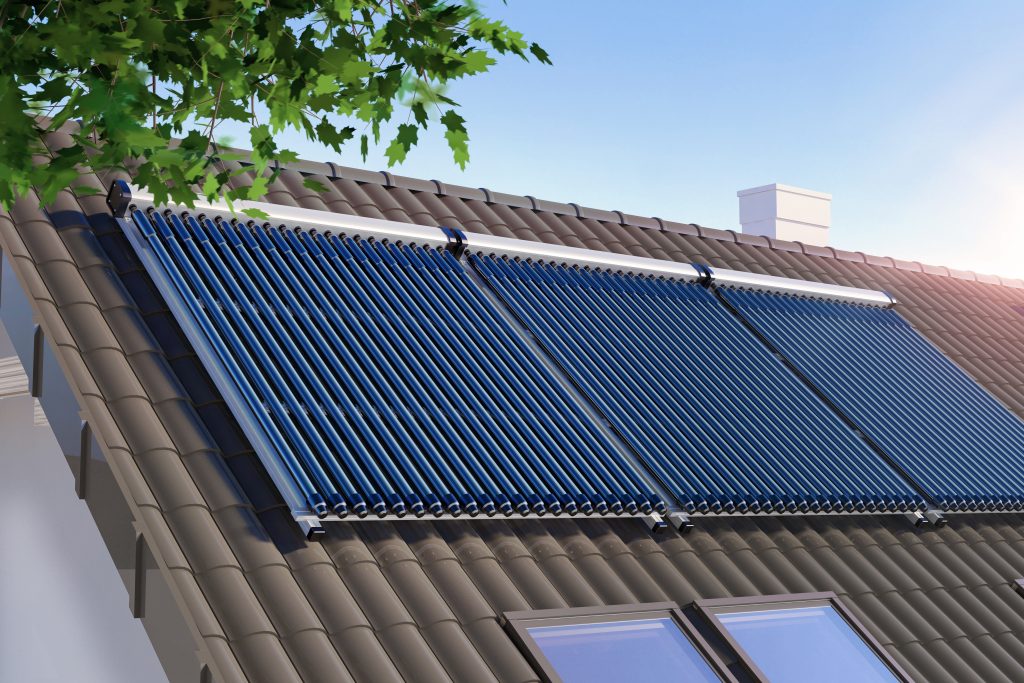
In summer, solar hot water systems can produce all of your hot water, but in winter the output will be reduced quite a lot. Throughout a year in the UK, these systems cannot produce all of the water for your home.
Roof suitability for solar water systems is the same as for solar PV panels for electricity. Domestic solar water heating systems can cost between £2000- £6000.
Conventional boilers are compatible with solar water heating. However, if you have a combi boiler, this will mean a solar hot water cylinder must be added to the system, so you will need enough space for this to be added.
Your solar water system should be serviced every 5 years. This will involve the replacement of the fluid in the collectors. This is done because over time, the effectiveness of the antifreeze will decrease. Your system will not operate properly unless you have it checked like this.
Solar PV and heating water
Solar PV can be used to heat hot water cylinders. In order for this to work you will need an immersion heater. This is a metal component within the cylinder which is heated by electricity and warms up the water.
Can solar panels provide central heating?
Solar PV can provide central heating. Powering all electrical appliances around your home with solar will keep your energy bills very low. This does include your boiler because all modern boilers have electrical components. Unless you have an electric boiler, other electrical heating system, or heat pumps, your house cannot be heated just by solar PV, but it will help to keep your energy bills down.
How are solar panels installed?
Before install, there are several steps that must be undertaken.
You must consider planning permission. Almost always, solar panels do not require planning permission. However, if your property has a flat roof, is a listed building, or is in a conservation area, you will have to be granted planning permission from your local council. After that, the process can begin. The process follows this pattern:
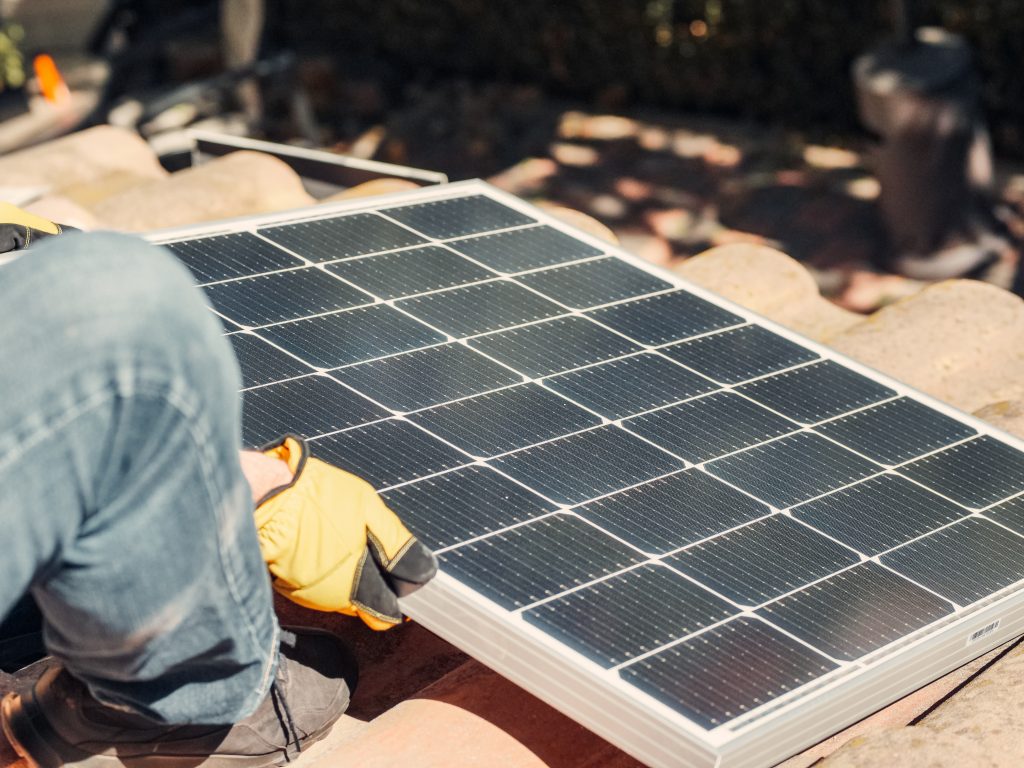
• Your enquiry.
• A telephone survey to quickly confirm factors which would rule your property unsuitable. (Also at this point our team will look up your property on Google maps to estimate how many panels you would need and determine which way your roof is facing).
• Someone will come out to your property to assess its suitability further.
• The quote will be confirmed.
• Your panels will be installed.
• You will receive an MCS certificate as proof of the quality of the install. MCS is a standards organisation which certifies the installs of products which produce power from renewable sources.
Below, Adam Challinor, our Electrical Installations Manager gives an in depth explanation about how properties are assessed and solar PV is installed:
Assessment
Adam: “We check which side of the roof has the most southerly faces because they are the most ideal to get the most sun exposure. After that, we take all the measurements of the roof’s height and width, so we can calculate the spacing to see how many panels that we could fit.”
“Then we measure the rafters, the distance between them, and their width and depth, in order to calculate whether the roof will take the extra loading of all the panels without compromising the structural integrity of the roof. This also is a part of the wind calculation that we have to do to ensure the wind can never lift the panels off. The rafters determine how many hooks we need as they attach the entire solar array onto the roof. We check if we need a specific amount in order to achieve a safe installation.”
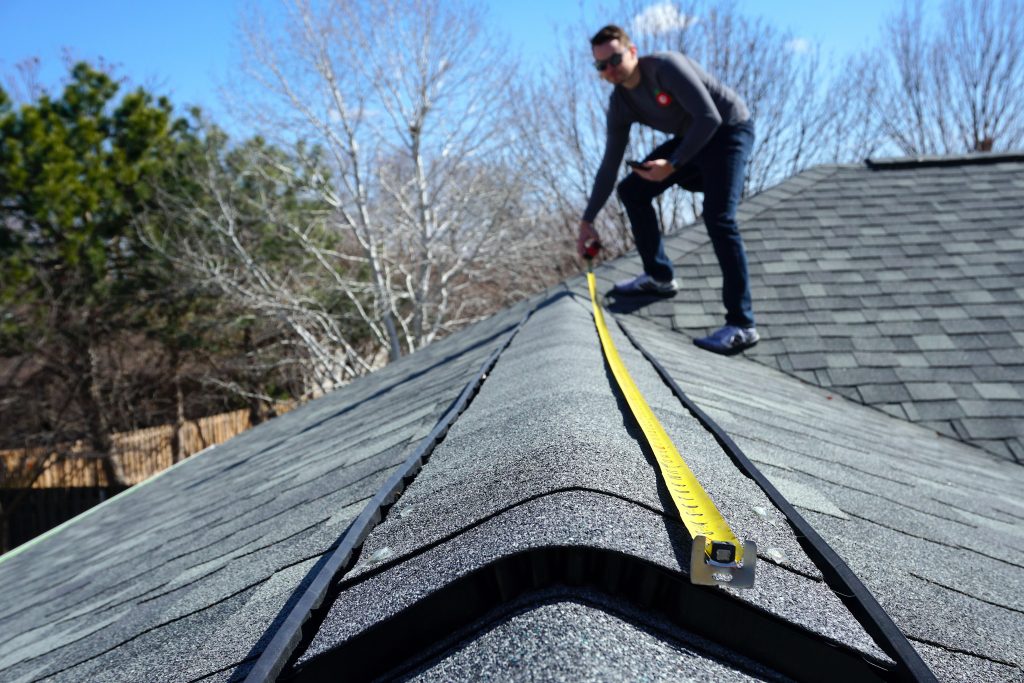
“Another part of the wind calculation is that we have to take into account the surrounding topographical area. Knowing whether the property is in a city, the countryside, on top of a hill, and how far away from the sea it is all helps to determine how much wind is going to be hitting the panels and how many hooks we need in order to hold a structure in place.”
“Once that has all been done the next part is to determine the shading factors of the solar panels. Such as, is there a tree nearby which is going to overshadow the panels within the day? Or a chimney breast, or anything else which may cause a shadow as this will determine the efficiency of the solar panels and how much you get back off them daily. We also look at what part of the country the house is located in. This is divided up into zones, as different parts of the country receive more sun, and as we have to determine exactly how much you are going to get back off the panels and how efficient they are going to be.”
“Also whilst we are on site, we determine the most suitable location for the inverter. 90% of the time it will be located in the loft (or a garage) out of the way as a customer will never need to get to this. The inverter changes the DC voltage coming from the solar panels into AC voltage and then this will be fed back into your house. Whatever isn’t used goes back into the grid. All the information of how much you have generated is stored on the meter. This will be easily accessible for the customer to view.”
“The things that would rule a property unsuitable for an installation is the amount of roof spacing, if the structural integrity of the roof has been compromised (such as there’s been a fire), or if there’s too much overshadow. It would be pointless to fit solar panels that will never receive any direct sunlight.”
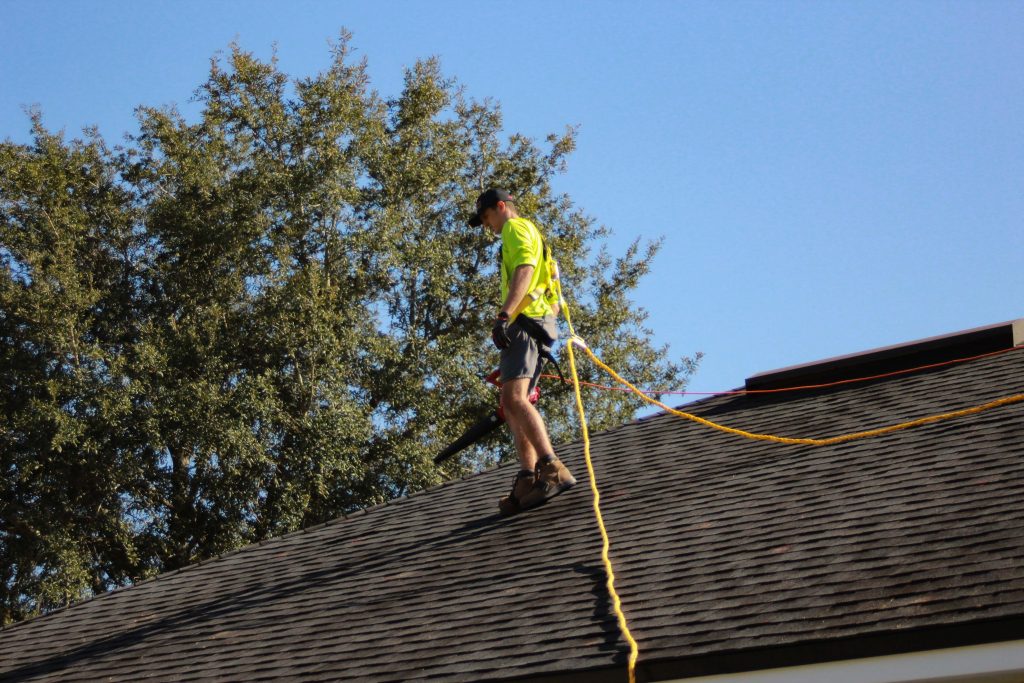
“Customers do not typically ask too many questions as there is not much disturbance for them. The only disturbance is running the supply cable to where the electric box is. The only thing discussed really with the customer is which route they would like us to take with the cable such as around the outside of the house or internally through it.”
“All of this information is recorded and put into our software. This is where we design the solar installation, such as how many panels we need to fit, and also how many roof hooks, what are the materials that we might need, and what size inverter.”
Install – and maintaining your solar panels
“After all that information has been ascertained and designed, we then book a suitable date for the customer in order to get access to the property and do the install. We put scaffold outside, install the panels onto the roof structure, and do the internal wiring for the inverter to the electric board – all of which could be done within two or three days.”
“Maintenance is essential as it ensures the efficiency of the solar panels is not reduced in any way, shape, or form. There are different types of maintenance and how often it should be done. This depends on the type of property the panels are installed at, such as a house or a hospital, and who owns them, such as if it’s a rented property or privately owned. But, just for a generic installation, the first thing that could be done once a year is a visual inspection of the inverter to see if there are any error codes. We would do an inspection of the meter. We also see if there is any vegetation growing near the panels which would cause shading, or if they require cleaning due to anything else such as birds.”
“A more in depth maintenance check can be performed every 5 years by a contractor to ensure the solar array is still safe and functional. This can include the general maintenance performed by the customer and also a functional check to see if everything is still working, a look into the error logs of the inverter to make sure nothing has happened previously that could be fixed, a look at the generation meter to see if the predictions made by us during the design are within the area we assumed it would be, and also a full test of the array to see if it is still generating at the voltage and current it was when it was installed.”
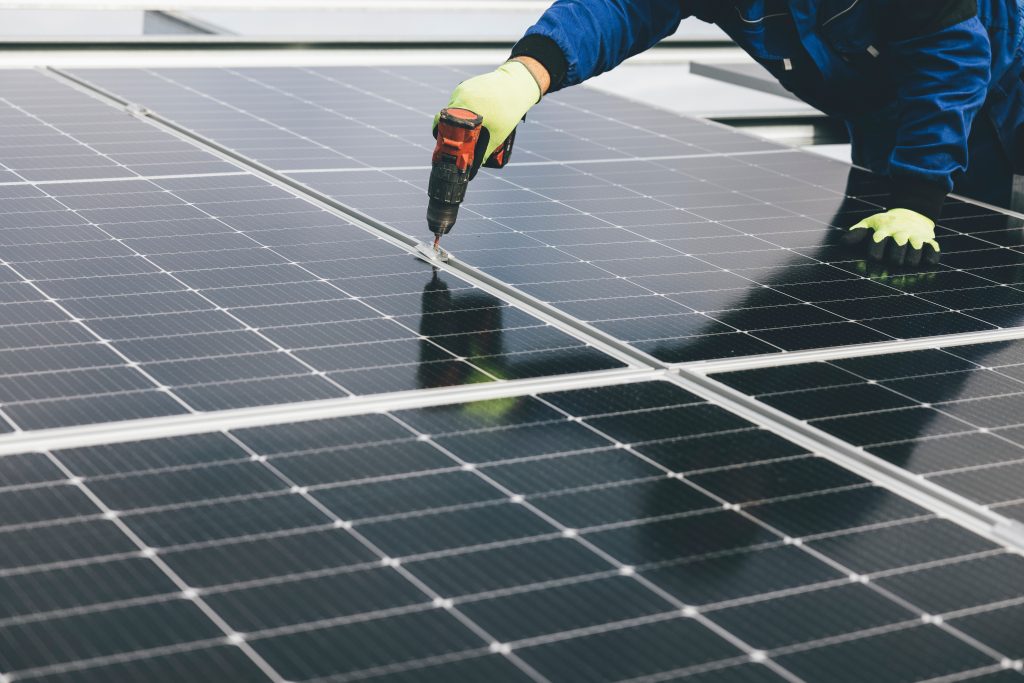
“We do offer battery installation but this would need to be discussed beforehand. Some batteries are too heavy to be lifted into a loft so it would change the whole design and what type of inverter is needed as a battery needs something called a hybrid inverter. A battery would dramatically increase the efficiency of the installation as what you do not use from what you have generated in the day is stored within the battery and at night-time when there isn’t any sunlight to generate anything you have battery storage to use.”
“Connecting solar to immersion heaters inside the property is another way to make the installation more efficient as the unit will pick up when you are sending electricity back into the grid. You can then switch on the immersion heater to heat hot water up. We can offer this as well.”
“After install, you will receive an MCS pack and certification of the completion of the job.” – Adam
How to keep birds off solar panels
*The following methods are optional and not something Improveasy can currently offer.
Solar panels are slightly elevated off your roof and since this is also a warm space, it provides ideal shelter for nesting birds. This will increase the need for maintenance for your panels and potentially cause a lot of damage. Bird droppings or even birds sitting on your solar panels will decrease their efficiency. Pigeon droppings in particular contain high levels of acidity which can erode the panels and wiring. Birds can bite through wires and scratch the surfaces of your panels, which could potentially break them completely.
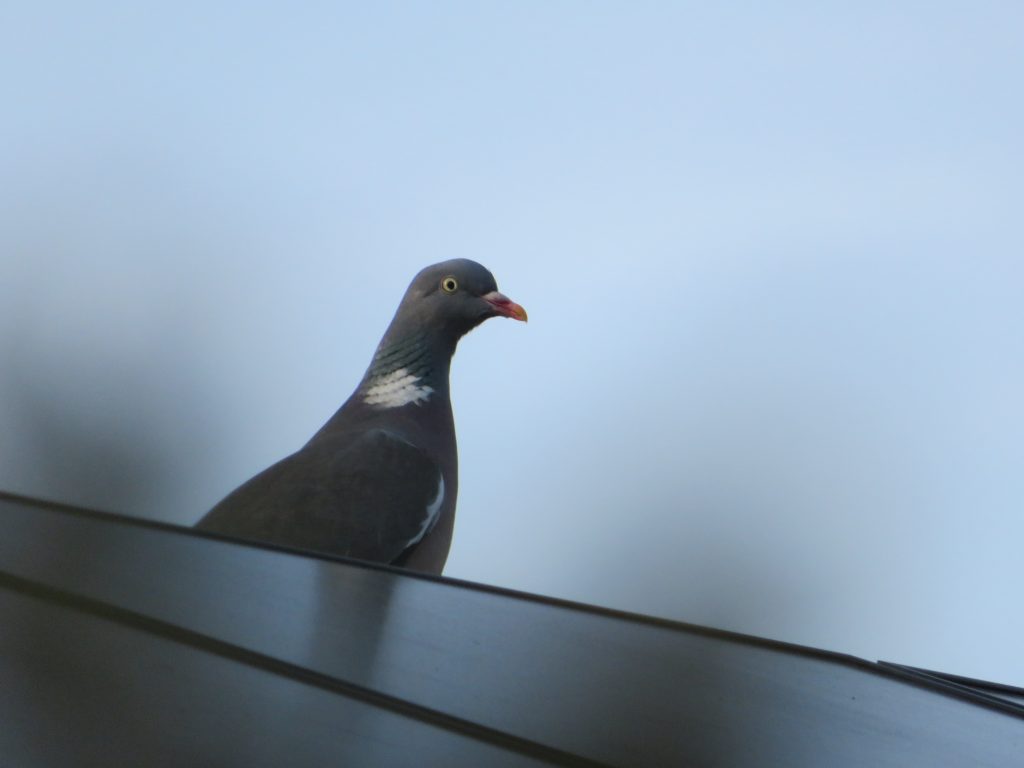
Solar mesh
To combat birds affecting your property’s energy supply, you can purchase mesh wire which blocks the gap between your panels and the roof to prevent any birds going underneath the panels. This mesh can be clipped onto your panels without causing damage and it is easily removable. The mesh is also relatively hard to see.
Bird spikes
Bird spikes are made of plastic or stainless steel and they are formulated specifically to prevent birds from landing. They are considered humane for birds attempting to roost, with some bird spikes products being endorsed by the Royal Society for the Protection of Birds. Birds will simply learn that this is not an area they can land on easily, and they will avoid your roof.
Solar skirts
Solar skirts work in a similar way to solar mesh they just look slightly different. This product is black sheeting and it provides a sleek finish to your roof. They are fitted at a diagonal angle from your roof to the panel. Solar skirts prevent dirt building up under your panels.
How to clean lichen off solar panels
Lichen is similar to algae. It is green or white in colour and does not need water to survive. Lichens will grow on almost any stable surface that is reasonably well lit. Lichens are a type of fungi that can also live on trees and other plants. They play an important role in recycling nutrients and removing harmful chemicals from the air. In some places around the world, however, these organisms cause damage to buildings and infrastructure. Lichens are very resilient organisms. They can survive in extreme conditions such as high temperatures, low humidity, drought, or heavy rainfall. This causes problems for people with solar panels installed because lichens can easily grow on their surfaces.
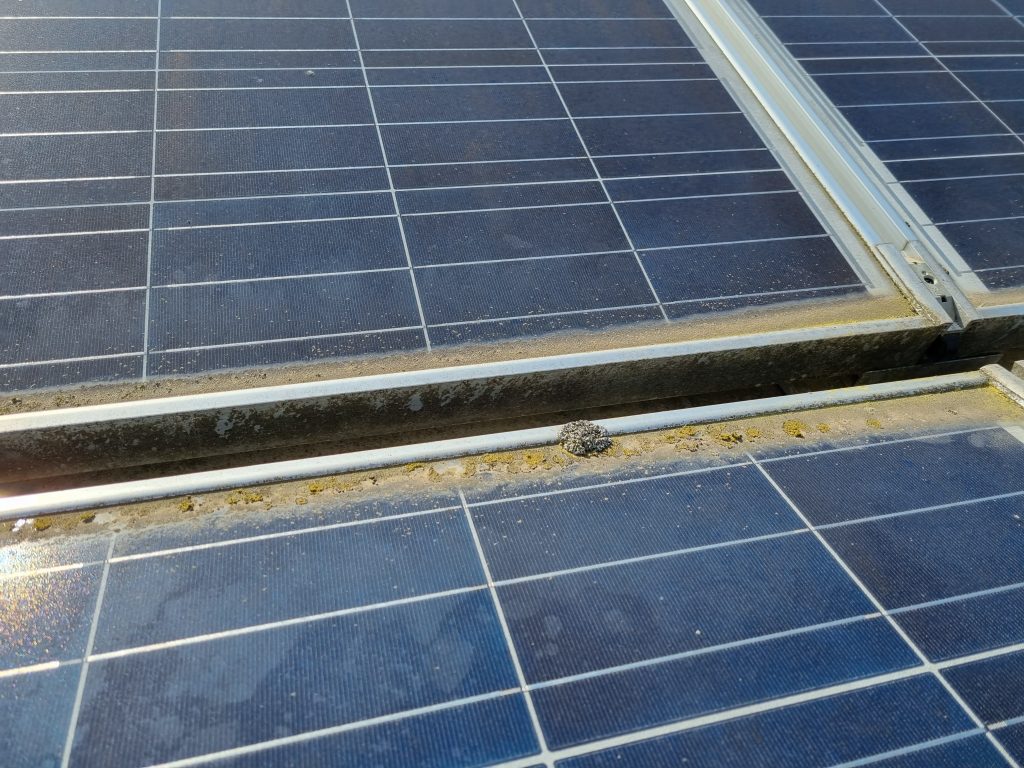
You can find reliable solar panel cleaning services who can access your roof, but if you have safe, easy access to your own roof you can clean the system yourself. However, having cleaning products with you can make the roof slippery, so it is best to consult a professional.
Firstly, it is important to switch off your solar panels before cleaning. For washing off lichen, even just a cloth and dish soap can be effective. You can also safely use vinegar. Air dry the panels before switching them back on. Pressure washers, or jet washers, should not be used for solar panels as they can damage the system and even crack the surfaces.
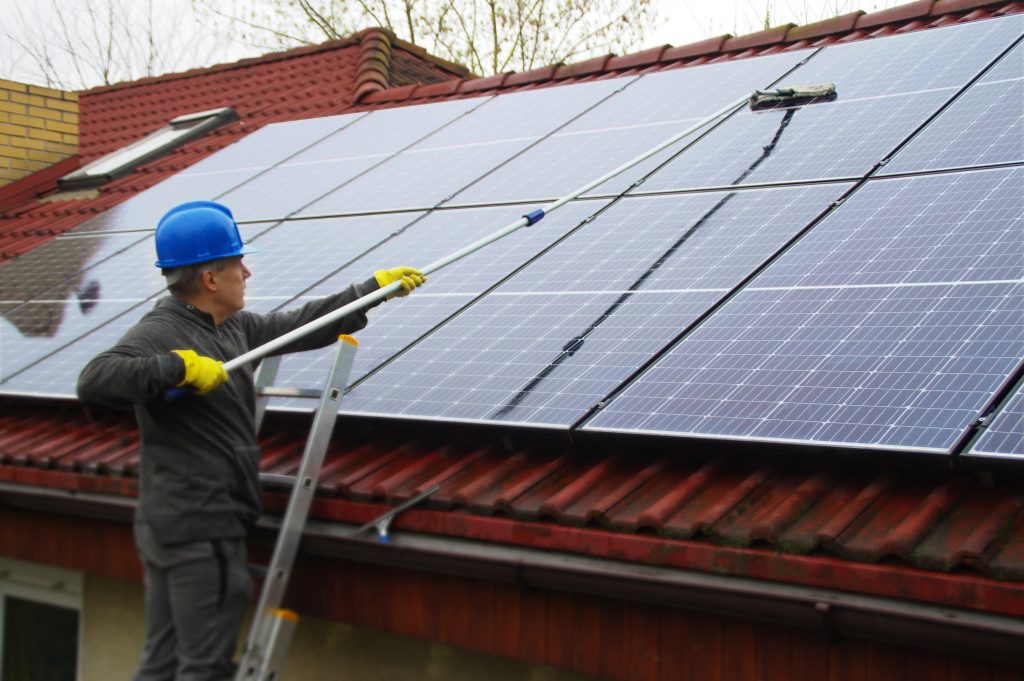
Although cleaning solar panels can seem like a hassle, it is important to do so to ensure their functionality, make the most of your money, and it is more aesthetically pleasing as well.
Can the world run off solar energy?
In theory, yes. The earth already absorbs ten thousand times more power than the planet currently uses. However, there are several factors at play which would make this a difficult task.
Political factors
A Financial Times article from 2021 reads that “The energy transition will not only cut emissions: it will redistribute power.” This could cause conflict as a result. Many believe that transitioning to solar or other types of renewable energy will be “marked by the desire to gain economic advantage”.
China is currently dominant in terms of clean energy. The US and the European Union have placed taxes on Chinese photovoltaic panels in trade disputes. However, alternatively, if we depend less on other countries for energy this could reduce global disagreements. Every country can produce its own renewable power if the funds are there. Because of this, Danish climate and energy minister Dan Jorgensen says that shifting to renewables could “lead to a more peaceful world”.
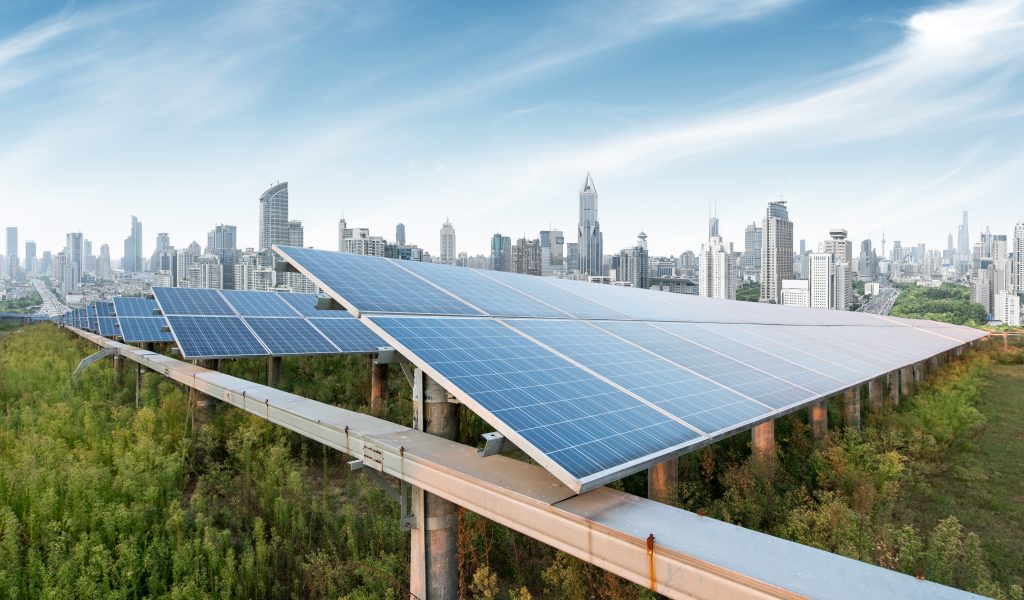
As the energy transition gathers pace, the biggest challenge will be from the countries which produce the most fossil fuels: oil, coal, and nuclear energy. The Australian government still backs the coal industry. It has refused to adopt the climate targets many other countries have committed to.
Another issue for widespread solar power is political beliefs in general. A study from the University of Oxford found a clear link between people supporting right-wing political parties and climate change scepticism, and the same was found in a 2019 Pew Research Center survey. From 2015 to 2020, right wing governments were voted into power in a wave in Europe. Despite President Biden’s inauguration in 2021 in the US, globally this trend is appearing to continue.
A further issue is planning. Varun Sivaram, an American physicist and political advisor on climate change policy writes that “increasingly powerful political interests… allied with the solar industry might not support the farsighted public policies needed for the world to achieve deep decarbonisation”. This is because fossil fuels currently supply most of the world’s energy, and to prevent climate change, the entire world will have to halt its emissions around 2050 which, according to Sivaram, would be “the most ambitious overhaul of the world’s energy infrastructure in human history.” Since solar powers up to 2 per cent of the world’s electricity, powerful entities backing it and seeking to influence the actions of policymakers might not take into account the nuanced difficulties in funding or accessing poorer areas. What benefits solar power backers in the short term might not be good in the long run, and could hinder global decarbonisation. Sivaram highlights that “some suboptimal, inefficient policies are unavoidable and even desirable if they enable a broader policy portfolio that is sensible on balance. For their part, the solar industry and its political allies should look beyond narrow advocacy for near-term solar incentives”.
Physical and logistical challenges
Logistical problems such as land availability, funding, large scale production, shipment, and other issues are all areas which could stunt the growth of solar PV powering more of the world.
Solar farms feature the same panels on domestic rooftops but on a much larger scale. In favourable locations (countries with a lot of land mass and a lot of sun) large amounts of panels can power towns and cities. Bhadla Solar Park in India is the world’s largest solar farm. It is spread across 14,000 acres, or 56 square kilometres. It is located in Rajasthan and was developed by multiple different companies working together. It was first commissioned in 2017. This location is sandy, dry, and arid, with sandstorms frequently occurring. Due to this climate, the Indian region has been described as almost unliveable.
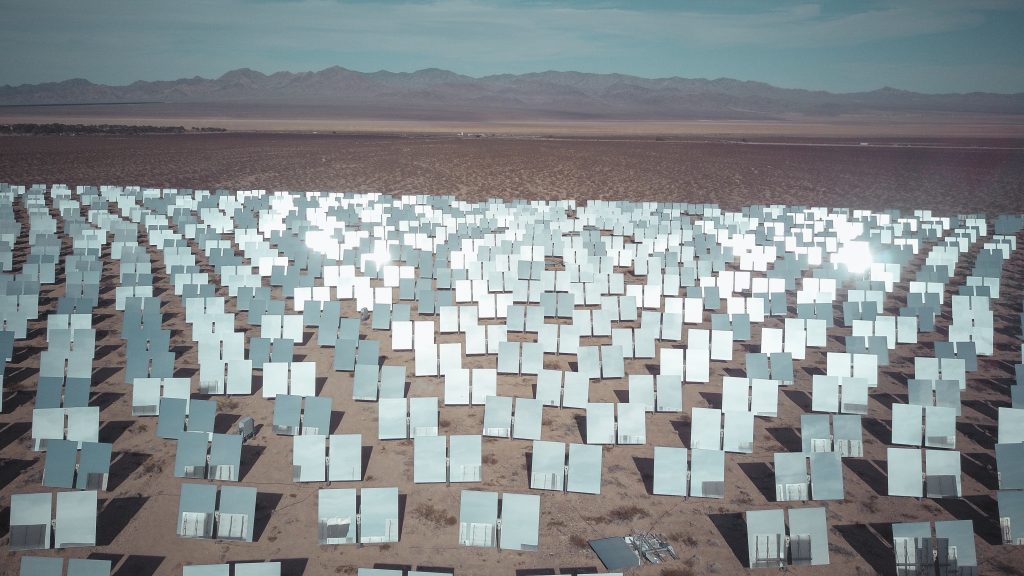
This makes it a perfect location for a solar farm, but not every country will have such a large surface area of land free for solar. Another issue involved in solar farms is the potential alienation of local people. Although Bhadla Park has created many jobs, it has also displaced local farmers. Sadar Khan, who is the head of Bhadla village, also stated that locals have not seen benefits of the solar farm and that the only jobs available to them are low paying labouring roles as most locals have not got an education.
As sales of solar panels have increased, so has the amount of shipments. The shipment of solar panels requires specific knowledge and detail. Most solar manufacturers are across Asia: in China, Vietnam, Thailand, and Malaysia. For these long journeys, shipments will require knowledgeable staff accounting for all scenarios to avoid damage and financial losses. In a paper on the logistics process of solar panels in Poland, it was found that a “factor that plays a key role in the procurement process is time, which can result in production downtime or unnecessary storage of raw materials.” Problems which arose at the beginning of the process had a significant impact on the efficiency of the installation, which also affected the financing of the wider project. Also, the period between the ordering of the panels to their install was found to be crucial in order to get a return on the investment. The success of the investment depends largely on their safe transportation. The coronavirus pandemic has caused shipping prices to skyrocket, especially in China, so errors are even more costly at the moment. The Shanghai Freight Index, which tracks the price of sending goods from Shanghai to ports around the world, has increased sixfold since before the pandemic.
However, there will always be problems involved in large scale projects such as solar farms and the manufacturing of many panels. It will require a lot of cooperation, but ultimately as solar power is renewable and free the positives clearly outweigh any drawbacks because the drawbacks are down to poor planning.
Debunking myths about solar panels – true or false
• Solar panels make it harder to sell your house
False. The National Renewable Energy Laboratory found that houses with solar panels sell faster. This is especially the case when you communicate the benefits to potential buyers. Adding solar PV also increases your house’s EPC rating. The laws around the minimum energy efficiency standards for rented properties in the UK is thought to be changing soon. This will require landlords to make their properties better rated on the EPC register.
• Solar installation is disruptive
False. As stated above, our installers and most others can complete typical domestic solar installations within a day or two. There will have to be scaffolding on your property for the duration of the install. Almost all of the installation will be happening in areas of the house which you do not often need to be: your loft, garage, and obviously your rooftops!
• Solar panels damage your roof
False. Solar panels are only mounted on your roof and not sitting directly on it making contact with it. They are easy to remove. Solar panels can actually protect your roof.
• You will not have energy at night
Without a battery, if you are not connected to the electricity grid, this is true.
• Solar panels are not actually good for the environment
False. Solar energy is entirely sustainable. The lifetime of the panels is around 25 years and they are made of recyclable material. Solar cells manufacturers are legally bound to make sure solar panels do not become a burden to the environment. There are no costs involved in the recycling of solar panels. Technological advancements will make the recycling of solar panels even easier in years to come.
• The energy used to manufacture PV panels is more than they will generate through their lifetime
False. Under UK levels of sunshine, a PV array will pay back the energy used for its manufacturing within a couple of years.
Future ideas for solar projects
• Scientists imagine it would be possible to transform the world’s largest desert, the Sahara, into a solar farm. The Sahara spans nearly all of Northern Africa. Solar panels in the Sahara Desert could power the area and benefit the ecosystem. A study found that “a massive installation in the desert would generate more than four times the amount of energy that the world currently uses every year.” Covering 1.2% of the surface of the Sahara would be enough to generate sufficient electricity, to power the world, without having an impact on the environment.
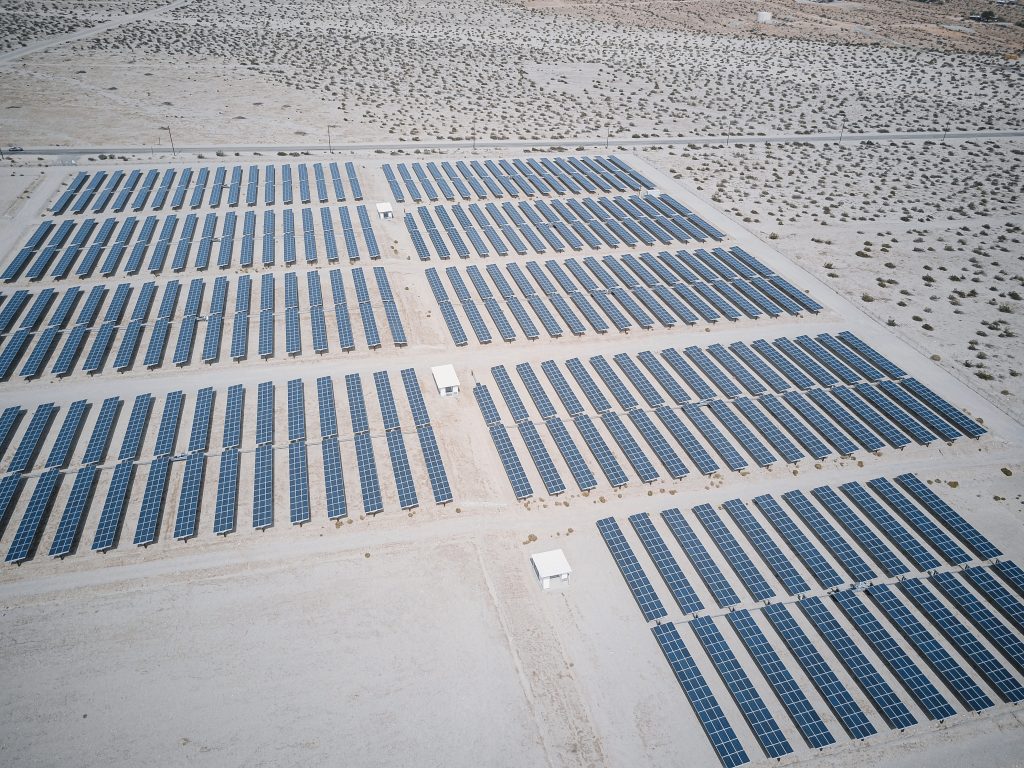
• The American Department of Energy estimates that 13 million homes across the US are less likely to get solar panels because of their appearance. The Journal of Mechanical Design determined that cost and appearance were the two most important factors in determining solar panel choice. An America based company founded by MIT engineers is hoping to mitigate this. Founded at the MIT Sloan School of Management, Sistine Solar is a company which began to offer customised solar panels in 2017. SolarSkin panels can display any images and can even be utilised for advertising. The company was created with the aim of hoping more people install photovoltaic systems. These kinds of technology will become more widely available as solar panels become more popular.
• Michigan State University professor Dr Richard Lunt is pioneering transparent solar photovoltaic cells, as demonstrated in this YouTube video. These photovoltaics look just like glass to the viewer. This would allow “many of the surfaces of our built environment to be turned into solar harvesting arrays without impacting” their function or aesthetics. Because this transparent design is less complex than the current process with most solar panels, it could be cheaper to produce, particularly for larger devices.
Government grants for solar panels
ECO4
The Energy Company Obligation, or ECO scheme, offers qualifying people solar panels free of charge. This is a nationwide scheme.
Local authority funding
Various local councils across the UK offer solar panel grants to qualifying people. These grants are also free. The main schemes on offer currently are the Home Upgrade Grant and Local Authority Delivery.
Please contact us on 0800 024 8505 if you would like solar panels installing. We also help to deliver the ECO scheme, and work with Cheshire East, Cheshire West, and Cumbria local authorities to deliver funding for solar panel installs, among many others.
